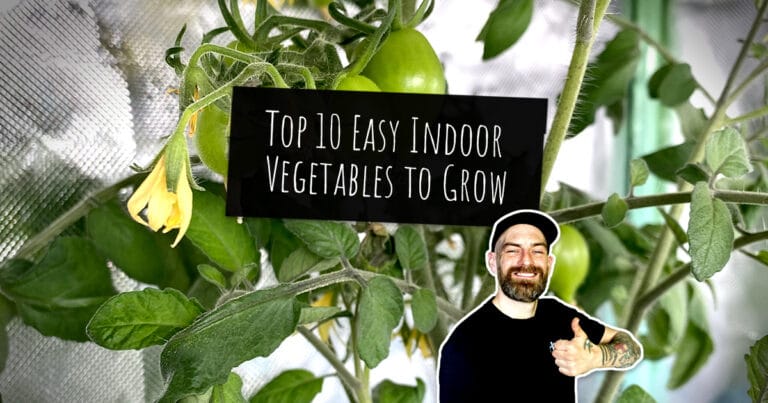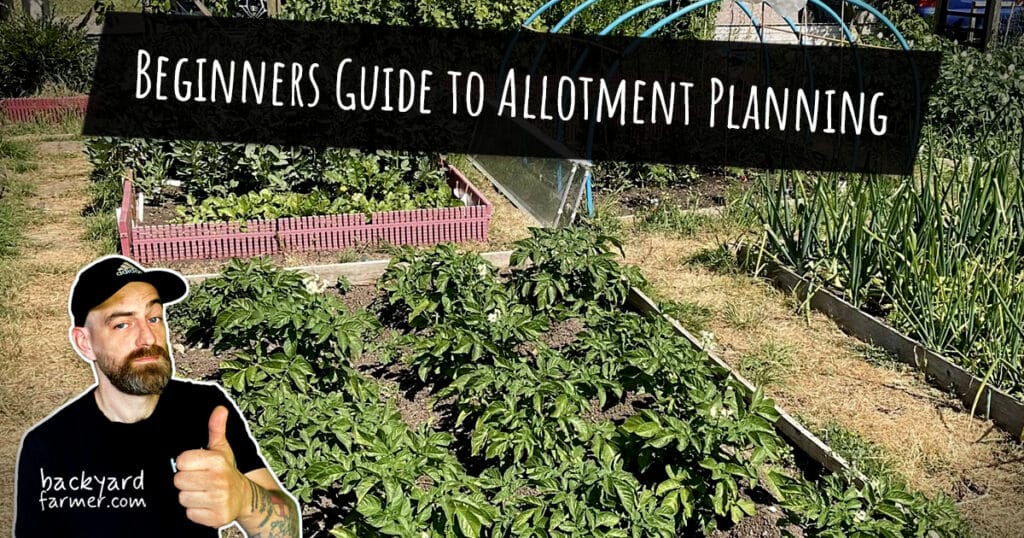Table of contents
Introduction
Did you know that 42% of Brits grew their food in 2023? It’s true! And with our unpredictable weather, indoor vegetable gardening is becoming more popular. I’ve been cultivating my indoor vegetables for years now, and let me tell you, it’s brilliant!
Whether in a cosy flat in London or a cottage in the Cotswolds, growing veg indoors is a smashing way to ensure fresh produce all year round.
In this article, we’ll explore the 10 easiest vegetables to grow indoors in the UK for 2024. So, pop the kettle on and let’s dig in!

Why Grow Vegetables Indoors in Britain?
One of the best reasons to grow indoors is to beat the unpredictable UK weather and to enjoy fresh produce year-round, regardless of season or location.
As a small and populated island, people don’t always have access to outdoor space. Indoor urban farming is perfect for small homes and city living, especially in areas like London.
With the environment being a primary focus, growing your own food helps reduce food miles and lowers your carbon footprint.
The UK weather is becoming more extreme, leading to issues like pests, drought, and overwatering. Growing indoors gives you control over conditions — and you can do it without pesticides.
Food security in the UK is a growing concern. As an island nation, we rely heavily on imported food.
Essential Kit for Indoor Vegetable Gardening in the UK
To get started growing your own food indoors, you’ll need some essential equipment:
- Plant food suitable for edibles – Since you’re eating what you grow, it’s best to avoid chemical-based feeds and opt for natural or organic plant food.
- Containers and grow bags – Since you’re not planting in the ground, you’ll need several pots or grow bags to grow your indoor vegetables.
- Grow lights (crucial for dark British winters) – These are not necessary in summer if you have a sunny spot that gets at least 6 hours of light per day.
- Quality compost and peat-free potting soil – Choose good-quality soil or compost to fill your containers. Local garden centres or online stores like Amazon are great starting points.
- Watering can or self-watering systems – Most vegetables need consistent moisture, so you’ll need a watering can or consider a self-watering system for convenience.
Top 10 Easy Indoor Vegetables for UK Homes
The top 10 easy indoor vegetables to grow in the UK are also some of the most commonly used and handiest to have in the kitchen.
The following list starts with the easiest vegetables to grow indoors, making it perfect for beginners and busy gardeners alike.
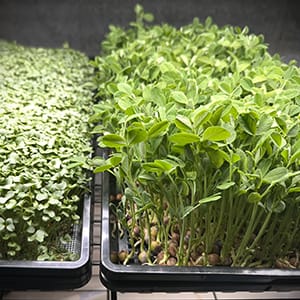
1. Microgreens
Microgreens have become very popular over the last few years. Growing microgreens is beginner-friendly, affordable, and accessible, making it a great way to boost your nutrition indoors.
Other reasons to grow microgreens include:
- Quick results, even during the UK’s short growing season
- Packed with nutrients – small but mighty!
- Plenty of British favourites, like rocket, mustard, and cress
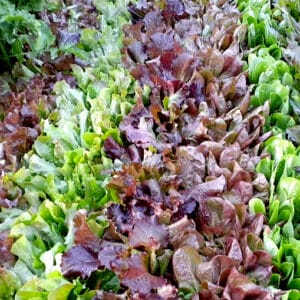
2. Salad Leaves
The next step up from growing microgreens is growing your own salad leaves. While they require a bit more attention, salad leaves are still affordable, easy to grow, and incredibly rewarding.
Some other great reasons to grow salad leaves:
- Cut-and-come-again varieties allow for a continuous harvest
- Enjoy a flavour-packed mix of rocket, spinach, and mustard greens
- Perfect for small spaces, especially in city flats or balconies

3. Herbs (Basil, Coriander, Mint)
How many times have you bought fresh herbs only to have them wilt before you can use them? Growing your own herbs means you’ll always have fresh flavour at your fingertips — no waste, just taste.
The best herbs to start with are basil, coriander, and mint, and here’s why:
- Essential for British and international dishes
- Aromatic and uplifting – perfect for any indoor space
- Easy to grow on a sunny windowsill, even in small homes
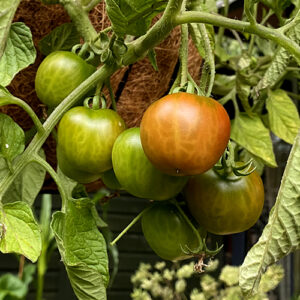
4. Cherry Tomatoes
If you’ve mastered microgreens, salads, and herbs, it’s time to step up to cherry tomatoes. With a bit of sunlight and care, they’re surprisingly easy to grow indoors.
Cherry tomatoes are:
- Compact varieties that are perfect for indoor spaces
- High-yielding, even in small pots or containers
- And let’s face it — nothing beats the flavour of a homegrown tomato
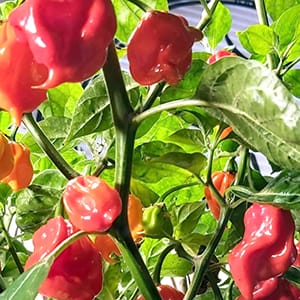
5. Chillies
If you can grow tomatoes, you can grow chillies! These fiery favourites are a brilliant addition to any indoor garden, offering both flavour and flair.
Why grow chillies indoors?
- Add spice and depth to British curries and everyday dishes
- Decorative plants that bring colour and character to your space
- Long-lasting harvests that can continue throughout the year
👉 Learn how to grow chillies from seed here – How to grow chillies from seed
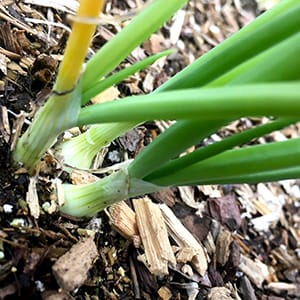
6. Spring Onions
Forever valuable in so many ways, the humble spring onion is a top choice for indoor growing — easy to maintain, versatile, and full of flavour.
Why grow spring onions indoors?
- Quick results – perfect for impatient gardeners
- Takes up very little space – ideal for crowded kitchens or windowsills
- Can be regrown from supermarket scraps, saving money and waste

7. Spinach
Spinach is a superfood that’s surprisingly easy to grow indoors, making it a top choice for healthy, homegrown greens.
Why grow spinach indoors?
- Nutrient-rich and versatile – great for British meals, smoothies, and salads
- Thrives in cooler indoor temperatures
- Continuous harvesting possible for weeks or even months
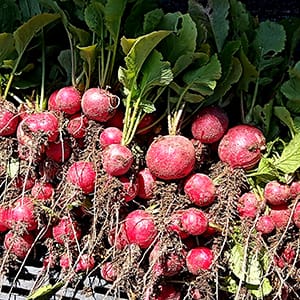
8. Radishes
Radishes bring a tasty kick to any salad — and they’re even better when homegrown. Quick to grow and easy to manage, they’re a perfect choice for new indoor gardeners.
Why grow radishes indoors?
- Fast-growing crop – ready in just 3–4 weeks
- Compact root vegetable that’s ideal for containers and small pots
- Adds a peppery crunch to salads, wraps, and more
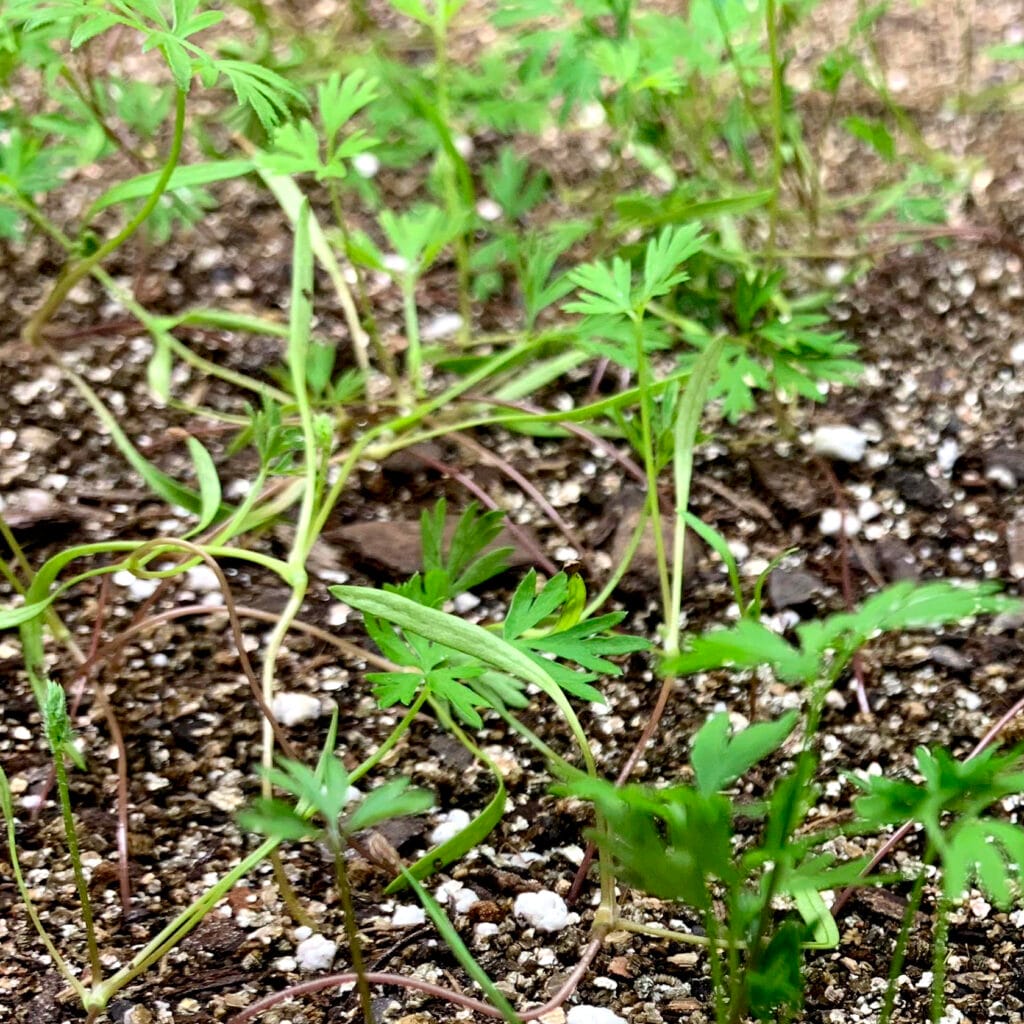
9. Baby Carrots
Is there anything more delicious than buttery baby carrots? You might be surprised to learn they grow surprisingly well indoors — with minimal fuss.
Why grow baby carrots indoors?
- Sweet, homegrown flavour that’s hard to beat
- Fun for children to grow and snack on
- Choose shorter varieties suited to indoor pots and containers
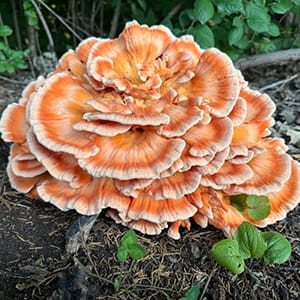
10. Mushrooms
Mushrooms are becoming increasingly popular thanks to their versatility in the kitchen and impressive health benefits. They’re also one of the few crops that don’t need sunlight, making them perfect for indoor growers.
Why grow mushrooms indoors?
- A unique crop that thrives in low-light conditions
- No sunlight required – ideal for British winters or windowless corners
- Grow unusual and gourmet varieties you won’t find in supermarkets
Tips for Successful Indoor Vegetable Gardening in the UK
If you’re ready to scale up your indoor growing, here are a few tried-and-tested tips from my own experience:
- Maximise natural light – even in typically grey British weather, making the most of your windows can boost your crop
- Supplement low light with grow lights during the winter months to keep plants thriving
- Manage humidity carefully, especially in damp UK homes, to prevent mould and disease
- Feed regularly using British-made organic fertilisers for healthier growth and better yields
- Tackle pests naturally – avoid harsh chemicals and opt for organic or DIY pest control methods
Common Mistakes for British Indoor Gardeners to Avoid
To help you avoid the same mistakes I made, here are a few key lessons I’ve picked up from years of indoor growing:
- Avoid overwatering, especially in the UK’s naturally humid climate – too much water can lead to rot and mould
- Don’t underestimate the lack of light in winter months – invest in grow lights to keep your plants healthy
- Skip outdoor compost for indoor plants – it often brings in pests and diseases you don’t want inside
- Feed your plants regularly, especially if you’re using low-nutrient potting mixes
- Choose vegetables suited to indoor conditions – not all crops thrive without consistent warmth and light
Conclusion
Growing vegetables indoors is a fantastic way for us Brits to enjoy fresh, homegrown produce all year round, no matter our famously fickle weather.
With these top 10 easy indoor vegetables, you can create a thriving indoor garden right in your home — whether you’re in a bustling city flat or a quiet countryside cottage.
Remember:
- Start small
- Be patient
- Don’t be afraid to experiment
It’s all part of the joy of gardening!
Before you know it, you’ll be harvesting your own vegetables and herbs, adding a personal touch to your Sunday roast or weeknight curry.
So, what are you waiting for?
Grab some seeds, pots, and compost — and let’s get growing!
